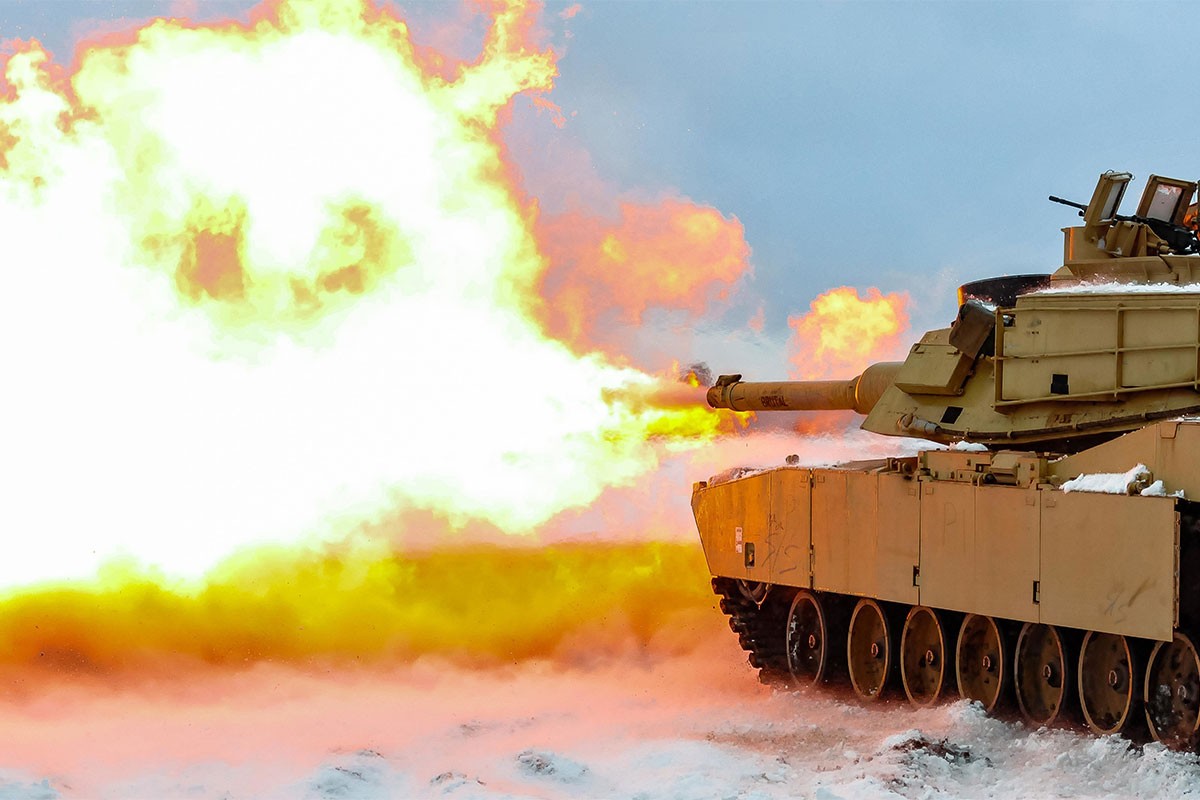COMPOSITE ACTORS
Countries within DATE are developed as composites based on OE conditions from multiple real-world nations and real-world threat characteristics validated by the Intelligence Community.
OPERATIONAL ENVIRONMENT
The Operational Environment is a composite of the conditions, circumstances, and influences that affect the employment of capabilities and bear on the decisions of the Commander.
An Operational Environment includes portions of the Land, Maritime, Air, Space, and Cyberspace Domains, understood through the Human, Physical, and Information Dimensions.
Para 4-13, ADP 1-01, July 2019
OPERATIONAL VARIABLES
DATE uses Operational Variables as the starting point to describe and develop OEs for training.






Military Force Structures
Each DATE country has a unique Administrative Force Structure that is organized as an “in garrison” force and is not task organized to conduct operations.
Force structures can be used off the shelf; however, it is strongly suggested that scenario developers use specific considerations to task organize an Order of to meet training objectives.
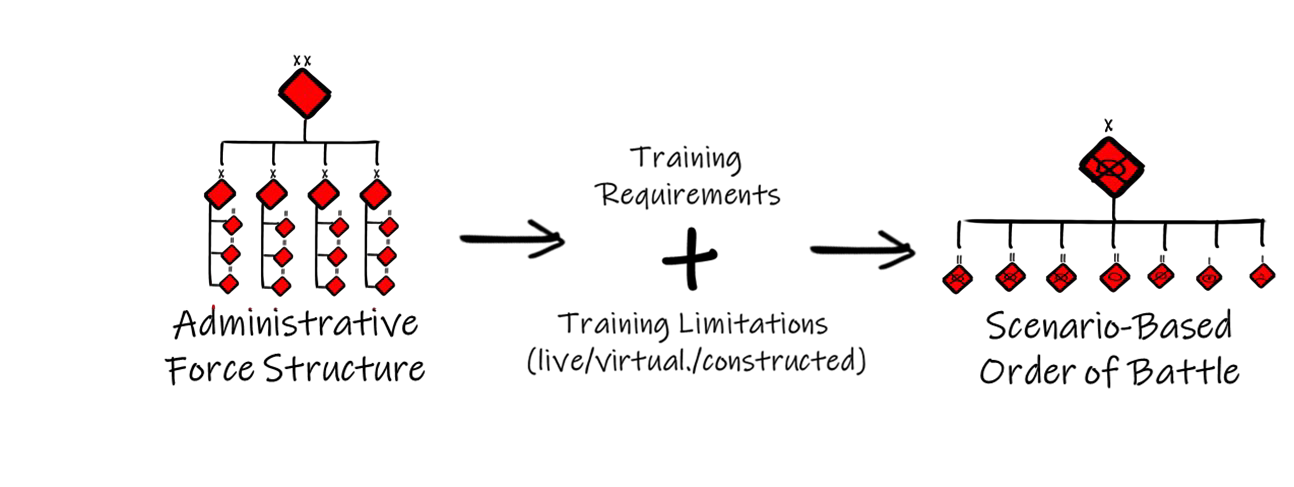
Adversaries in DATE
Any country within DATE can portray a partner, neutral, or adversarial actor in a scenario. Real world adversary capabilities and interests can be found throughout DATE and are not limited to just one actor.
AR 350-2 sets the parameters for what content must be notional and what can be real world.
Choosing
adversaries
Pacing threats found in Indo-Pacific countries like Olvana and North Torbia or European countries like Donovia and Bothnia.
Regional threats can be found in each of the DATE World regions.
The Force Structure and Equipment assigned to each country are baselines that are heavily influenced by real-world threats, but are not replicas and can be further adapted to meet training requirements.
Tactical
Application
DATE World informs who the notional actors are but not how they will fight.
Resources like the ATP 7-100 Series and TC 7-100 Series are available to inform how actors can operate in tactical setting.
TRADOC G-2’s Virtual OPFOR Academy can teach you how to apply and replicate OPFOR counter-tasks. These tasks presented on VOA are in support of Combined Arms Training Strategy events.
Adapting DATE
DATE has been designed and built to enable adaptation and customization to meet a wide variety of unclassified scenarios for any training requirements.
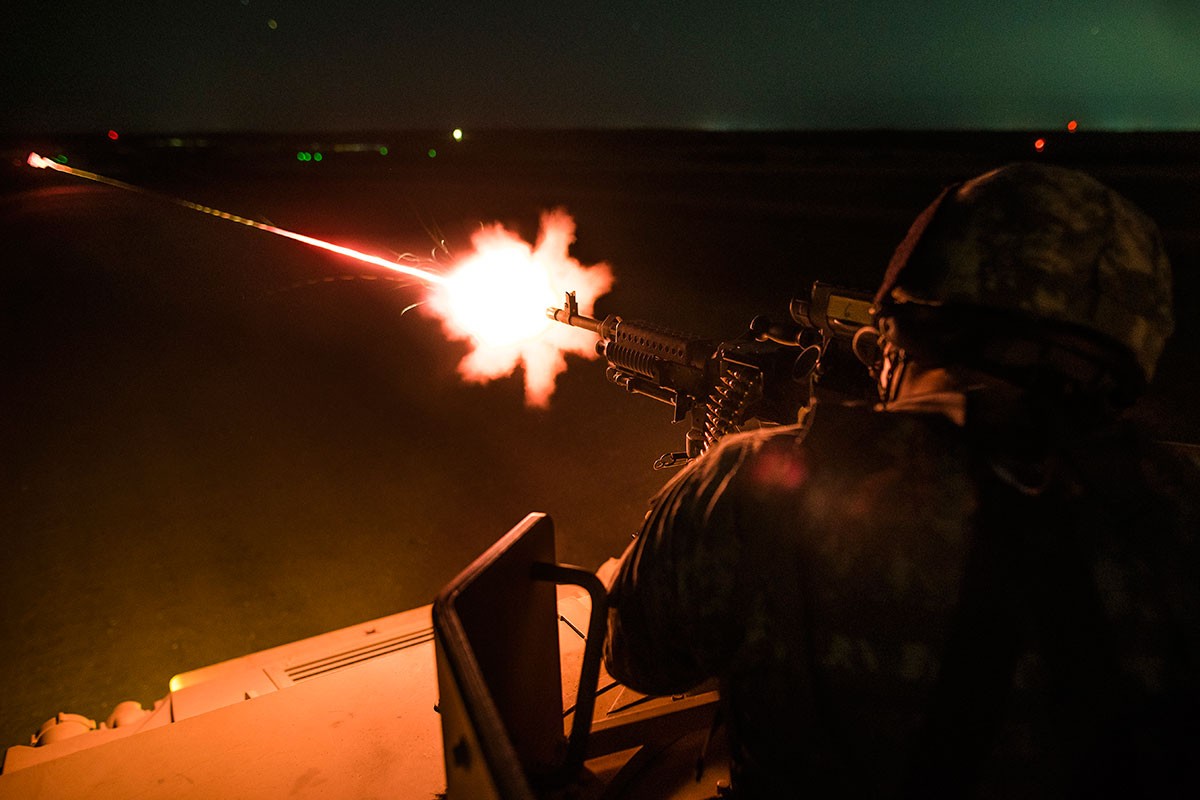
OE Characteristics
- Population Size and Demographics
- Bend Borders and Boundaries
- International Agreements
- Infrastructure Conditions
- Economic Standing
Organization & Equipment
- Increase or Decrease Equipment Numbers
- Upgrade or Change Equipment
- Add Enablers at Any Echelon
- Adjust Operational Readiness
- Add or Remove Capabilities
